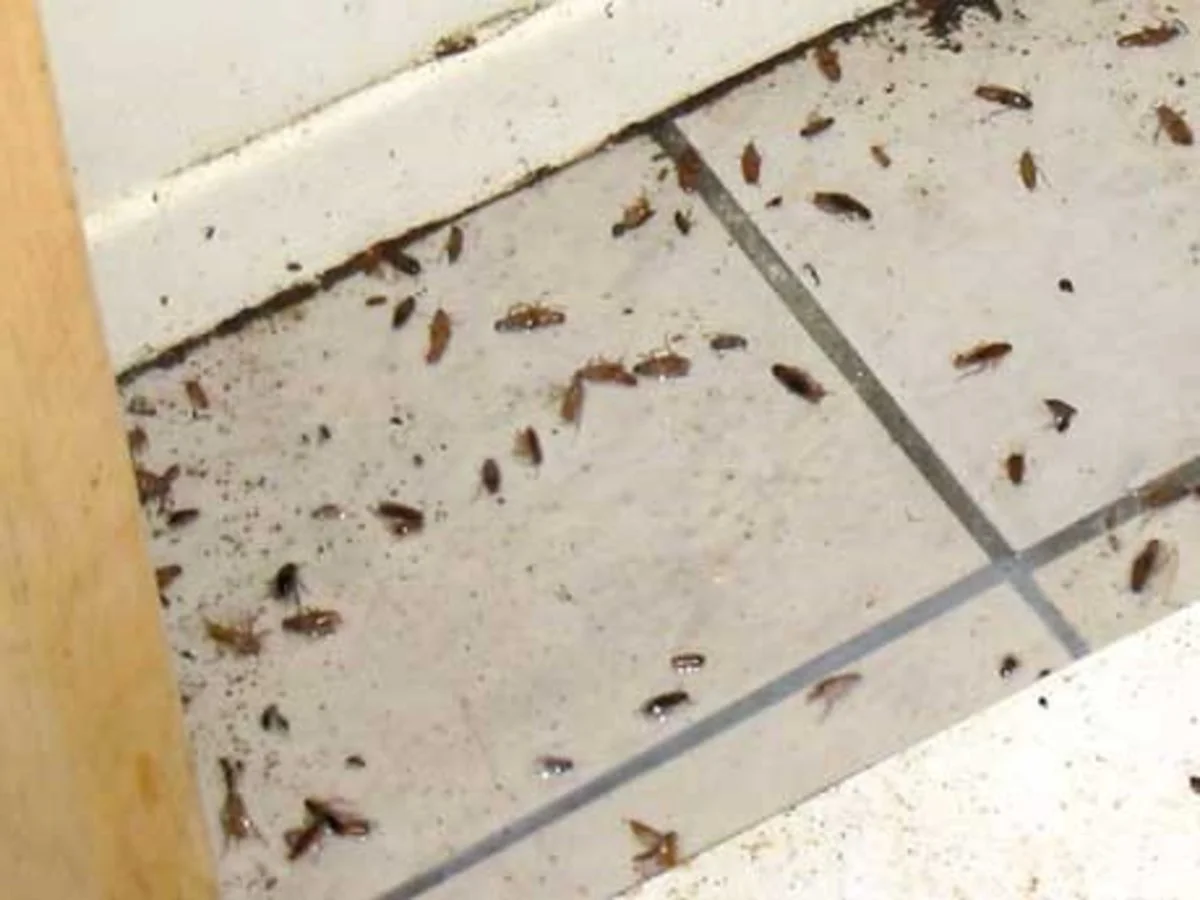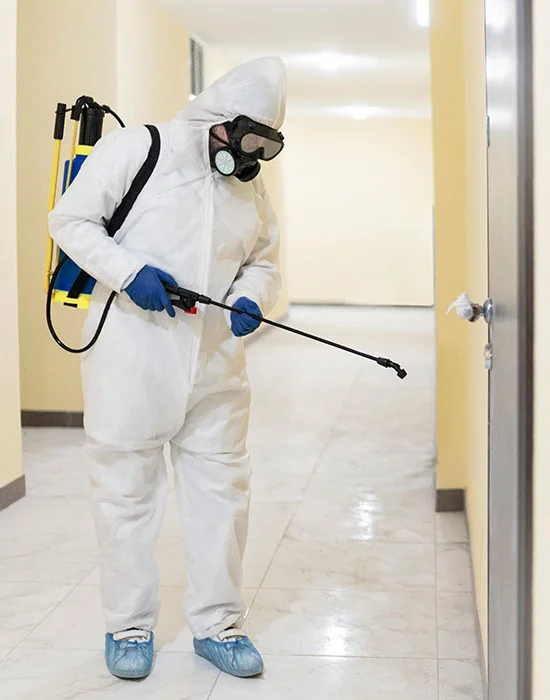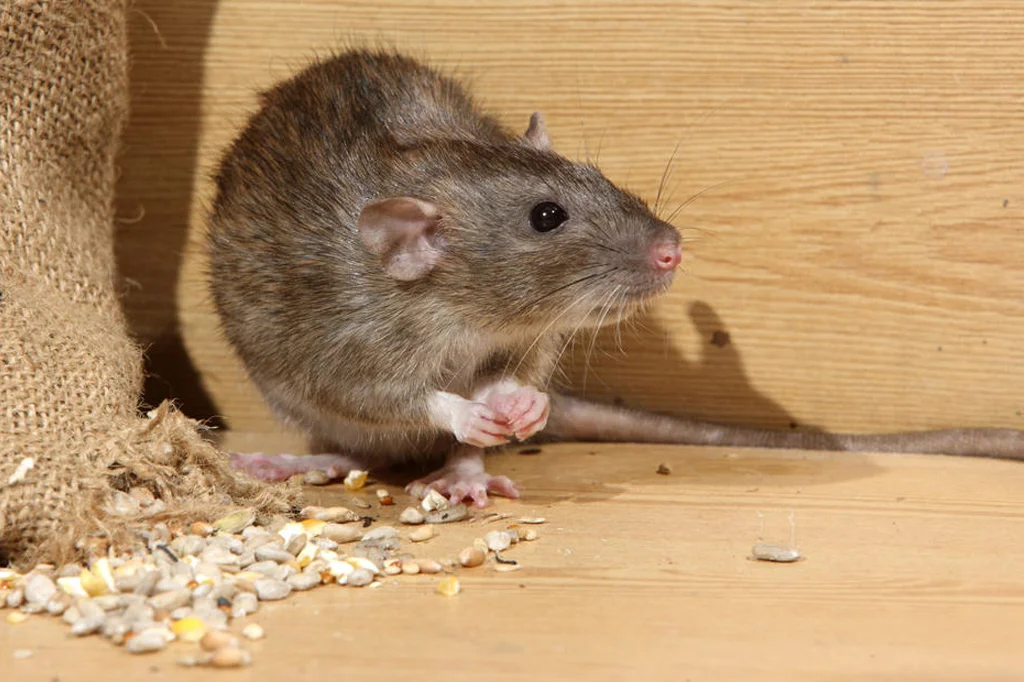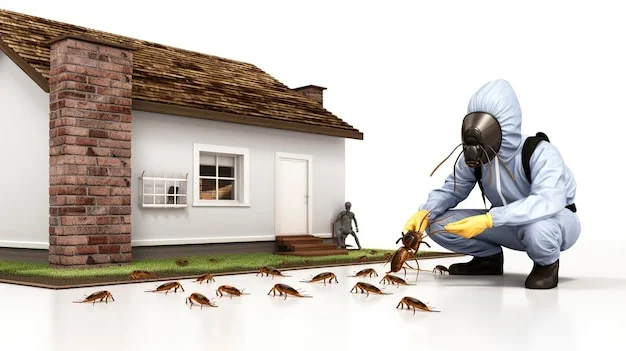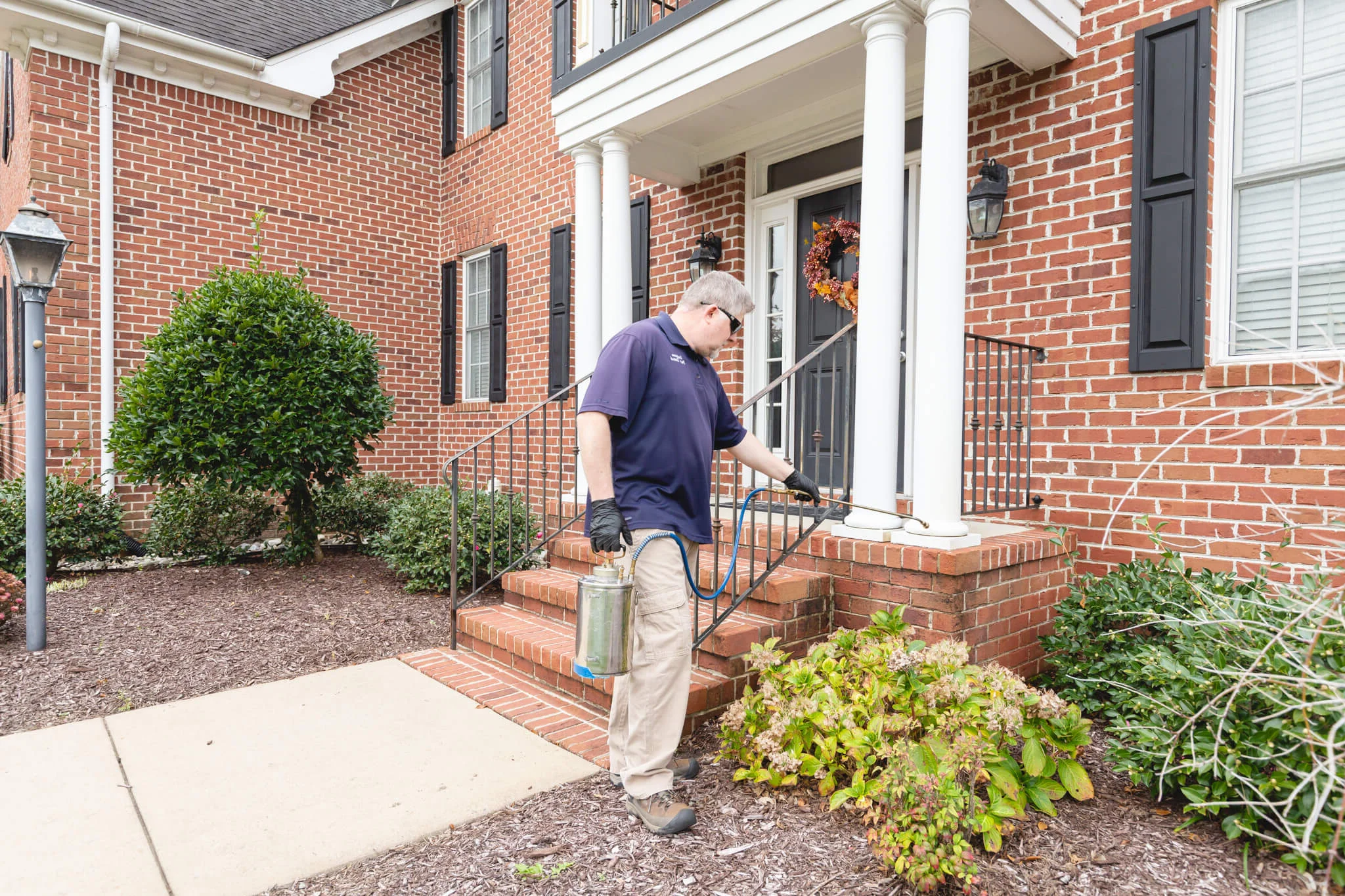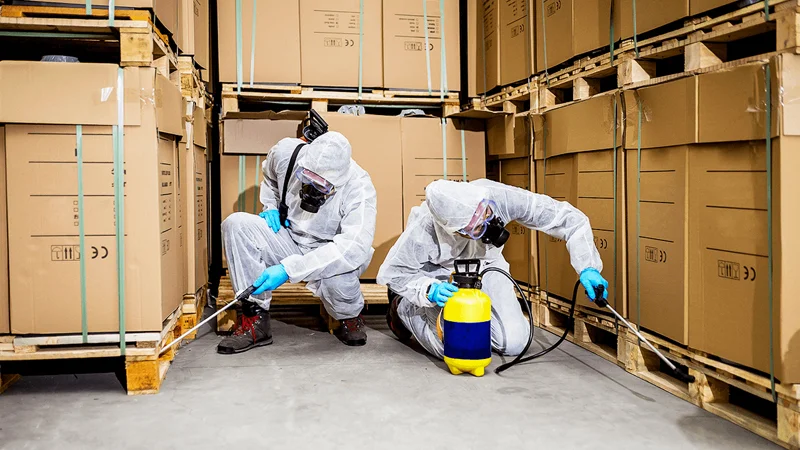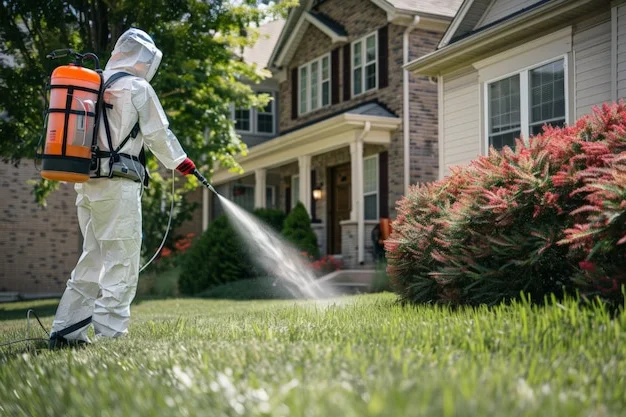Southern Nevada faces significant scorpion pressure, with these distinctive arachnids being among the most concerning desert-adapted species threatening residential and commercial properties. The Bark Scorpion—the most venomous species in North America—is established throughout the Las Vegas Valley and surrounding areas, while several less venomous but still problematic species inhabit regions throughout the state. These nocturnal hunters commonly enter structures seeking shelter from extreme temperatures, hiding in shoes, bedding, towels, and dark crevices where accidental human contact can occur, creating potential medical emergencies, particularly for vulnerable individuals including children and the elderly.
Professional scorpion management combines thorough property inspection utilizing specialized UV equipment detecting these fluorescent arachnids, habitat modification eliminating harborage areas including rock features, wood piles, and dense vegetation near structures, strategic exclusion work sealing access points, and targeted treatments of building perimeters and surrounding landscape features. For properties in high-pressure areas, ongoing management programs provide essential protection through regular monitoring and maintenance treatments addressing these highly adaptive pests that can quickly reestablish populations in favorable environments. Many Nevada residents maintain professional service year-round specifically for scorpion protection, particularly in newly developed areas where construction activity frequently displaces established populations toward residential properties.


